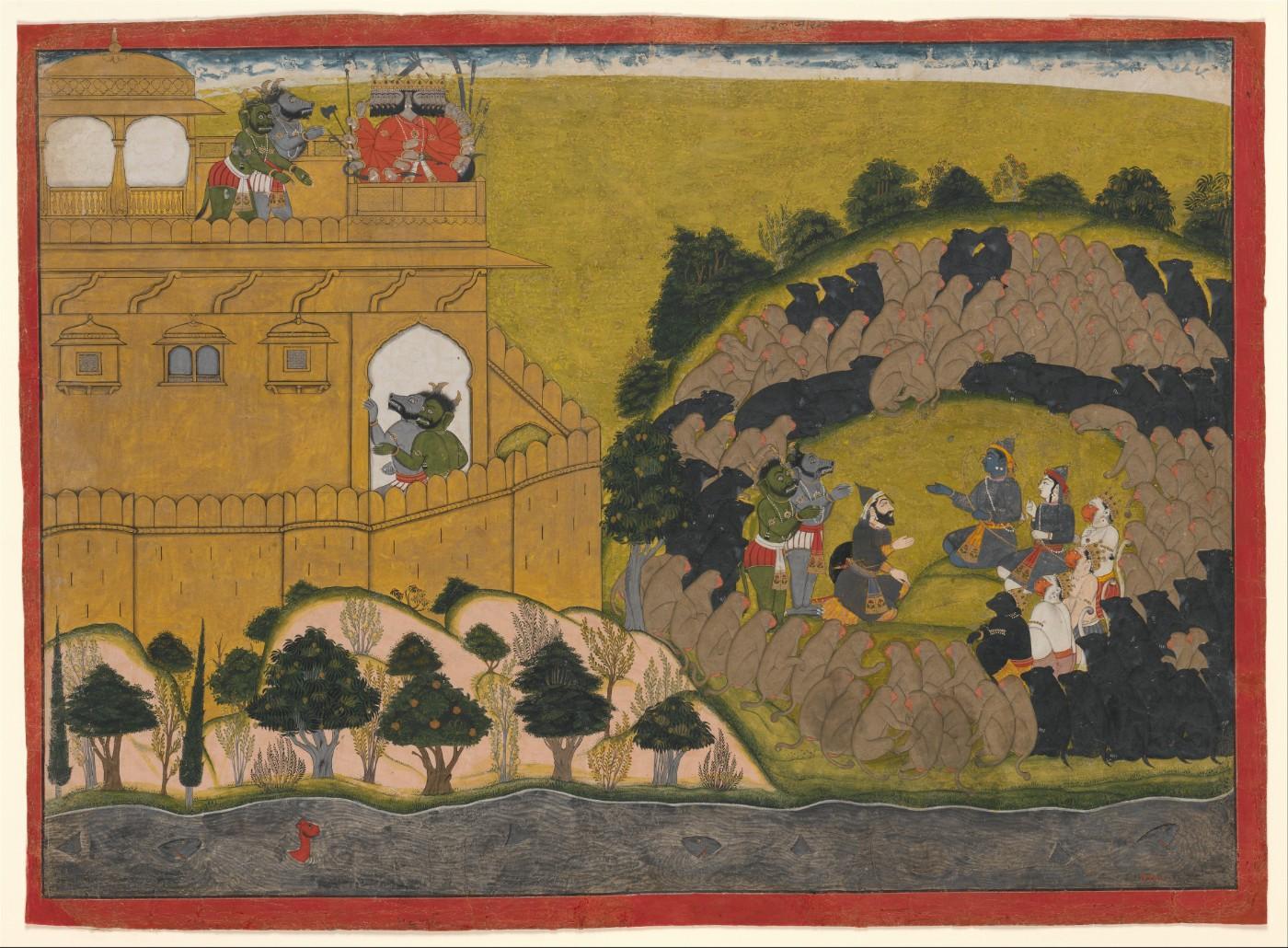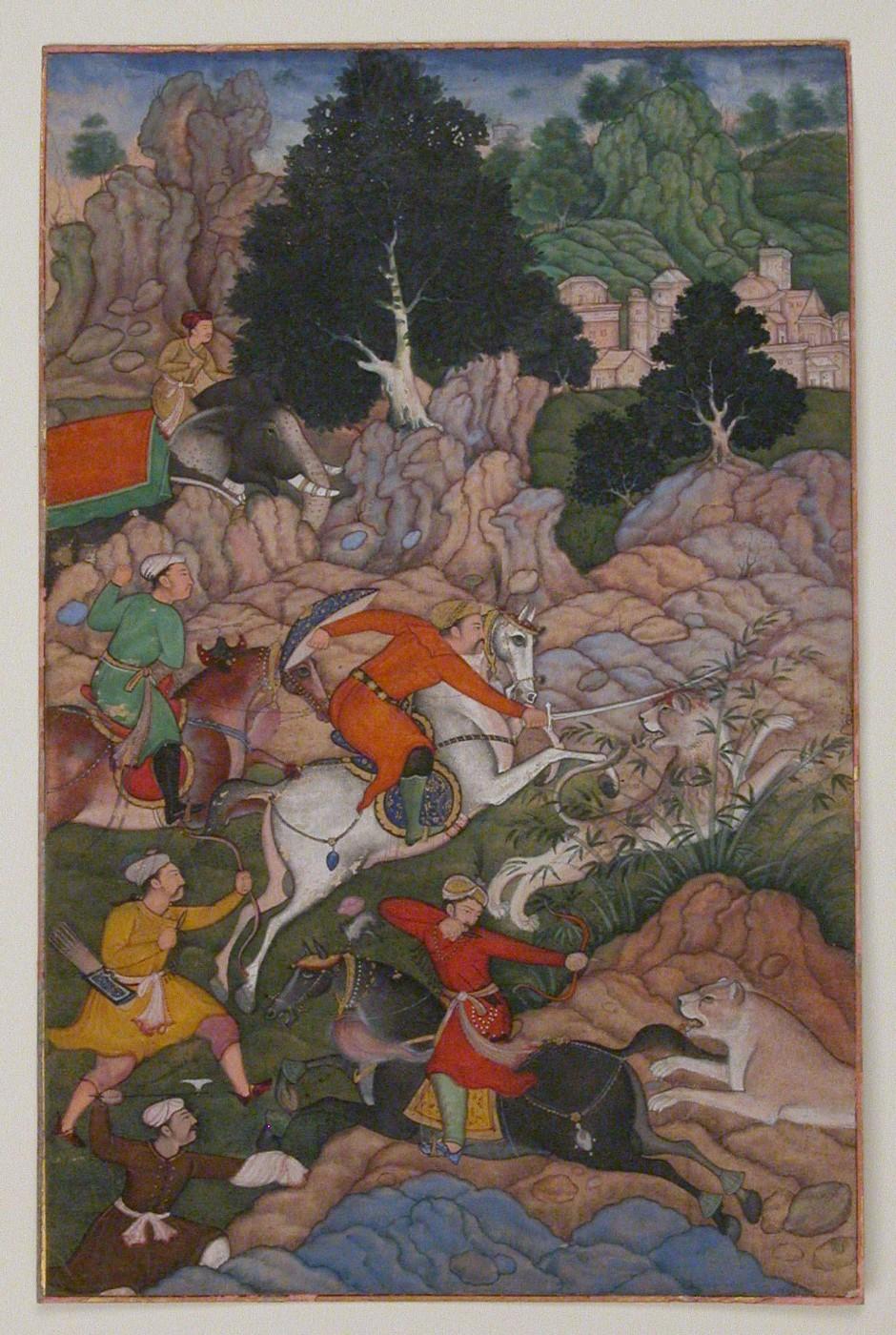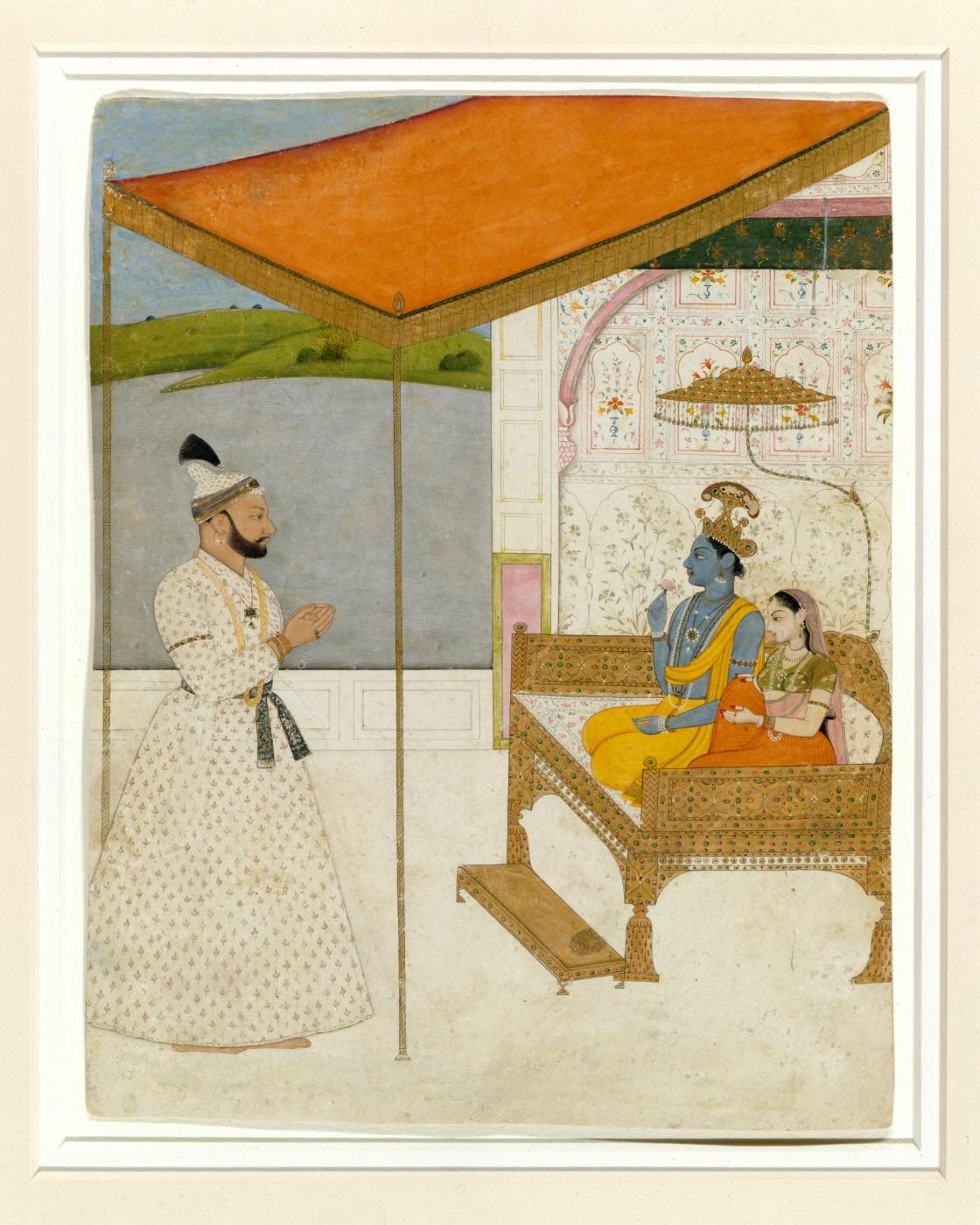The Metropolitan Museum of Art presents an exhibition focusing on early painting styles that emerged in the Pahari courts of North India during the 17th and 18th centuries. Featuring some 20 of the most refined paintings produced in South Asia during the period, Seeing the Divine: Pahari Painting of North India examines the innovative ways in which Pahari artists depicted the Hindu gods. By juxtaposing devotional images with emotionally charged narrative moments, the paintings gave royal patrons a novel approach to forging a personal connection with the divine through devotion (bhakti). Highlights include a rare, early 19th-century temple banner measuring 26 feet that is being shown publicly for the first time. The majority of the works on view are recent promised gifts of Steven Kossak, and they transform The Met’s ability to showcase 17th- to 18th-century North Indian painting of the highest caliber.
The exhibition is made possible by The Miriam and Ira D. Wallach Foundation.































